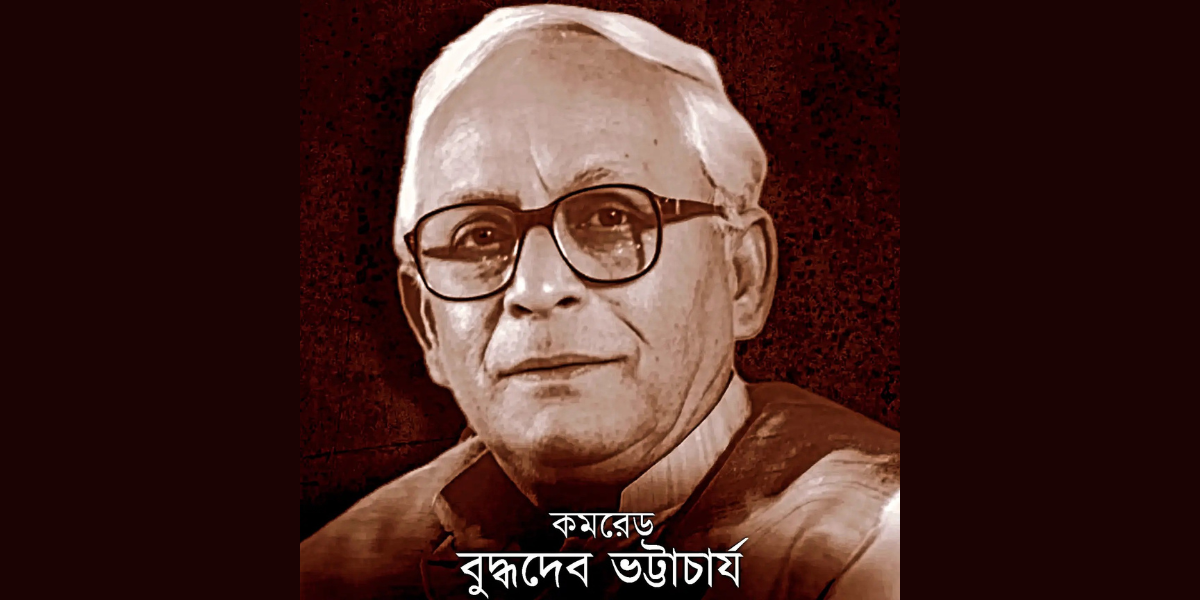CPI(M), once a dominant force in West Bengal, is finding it increasingly difficult to connect with the masses in the current political landscape. After the party’s significant loss in the 2011 state elections, the presence of veteran leader Buddhadeb Bhattacharjee at rallies and public gatherings continued to provide a semblance of continuity. However, as Bhattacharjee’s health began to fail, the CPI(M) had to adapt modern ways to send out his messages. During the recent Lok Sabha election 2024 campaigns, the party relied on his video statements and even experimented with AI-based videos to keep his message alive. It may be recalled that Bhattacharjee’s controversial land acquisition policies in Singur (Hooghly district) and Nandigram (Purba Medinipur district) remain a significant blot on his legacy. These events, which led to widespread protests and violent clashes, symbolized the disconnect between his vision for industrial development and the concerns of the rural populace. Ironically, the same party that once criticized Bhattacharjee for his “perform or perish” attitude and his opposition to the bandh culture promoted by the Left’s trade union wing, CITU, has repeatedly turned to him in times of crisis. His televised video and audio addresses to the masses, particularly his call for a judicious decision to defeat the “undemocratic” Trinamool Congress and the “communal” BJP in the 2021 assembly elections, were seen as efforts to resurrect the party’s dwindling influence. As the CPI(M) navigates a rapidly changing political environment, the challenge of connecting with the masses without the charismatic presence of Bhattacharjee looms large after his death on August 8.

 Politics
Politics Business
Business Entertainment
Entertainment Sports
Sports Celebrities
Celebrities






